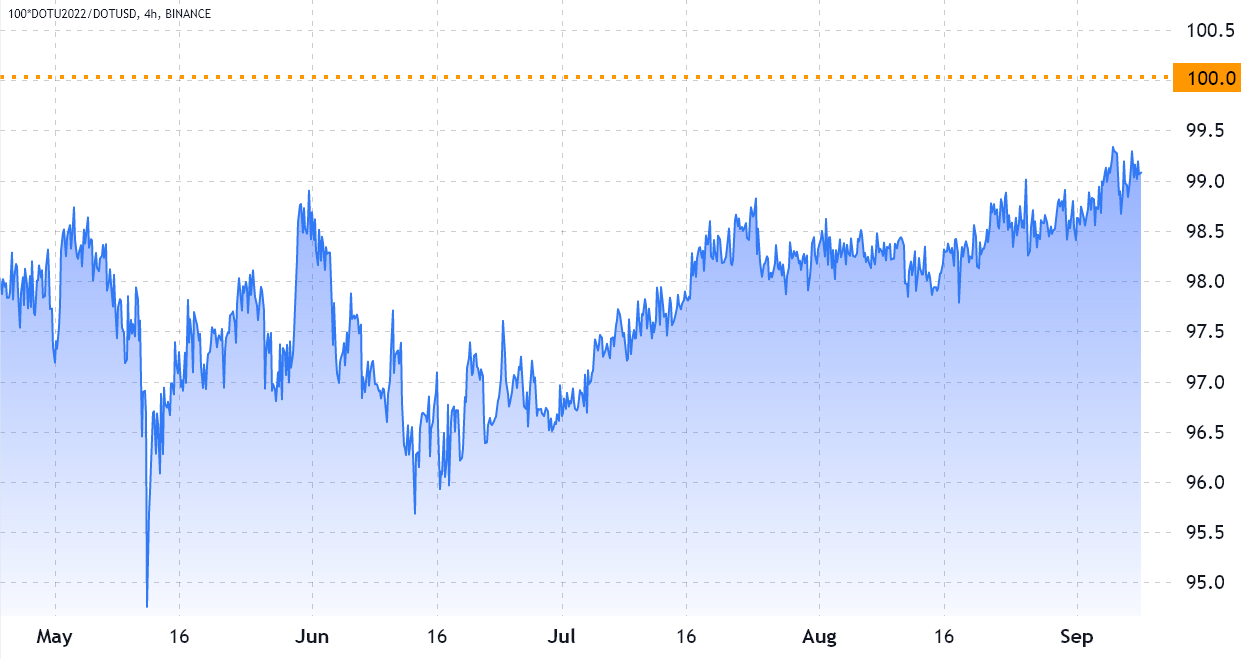Bitcoin traders increase leverage longs even as crypto critics say BTC is a ‘pure Ponzi’


In the past 48 hours Bitcoin traders added to their leveraged long positions even as crypto critics and politicians ramp up their criticism of cryptocurrencies.
Bitcoin (BTC) price has tested the $16,000 resistance multiple times since the 25% crash that occurred between Nov. 7 and Nov. 9, and some critics will justify their bearish bias by incorrectly assuming that the failure of FTX exchange should trigger a much broader correction.
It’s kind of annoying me that Bitcoin is still selling for $16k-ish, even in the wake of all of this FTX news. I mean I assume the volume is low, but what on earth will it take to properly crush this zombie “currency” back to its rightful value of nearly zero?
— Daniel Knowles (@dlknowles) November 18, 2022
For example, Daniel Knowles, a correspondent at The Economist, says the 26th largest tradable asset in the world with a $322 billion market capitalization is “astonishingly useless and wasteful.” Knowles also said that “there is still no logical case for specifically Bitcoin. It’s pure ponzi.”
If you think it through, for outsiders, Bitcoin’s price is the single most important indicator of success, regardless of its valuation surpassing secular companies such as Nestle (NESN.SW), Bank of America (BAC) and Coca-Cola (KO).
Most people’s need for centralized authority over their money is so entrenched that cryptocurrency exchanges’ success and failure rate becomes the gatekeeper and success benchmark, when in fact, quite the opposite is true. Bitcoin was created as a peer-to-peer monetary transmission network, so exchanges are not synonyms for adoption.
It is worth highlighting that Bitcoin has been trying to break above $17,000 for the past seven days, so there is certainly a lack of appetite from buyers above that level. The most likely reason is that investors fear contagion risks, similar to what was seen with Genesis Block, the last FTX-related victim to halt service due to liquidity concerns. According to recent reports, the company announced plans to cease trading and shutter operations.
Bitcoin price is stuck in a downtrend, and it will be hard to shake it, but it’s a fallacy to assume that centralized cryptocurrency exchange failure is the primary reason for Bitcoin’s downtrend or a reflection of its actual value.
Let’s look at crypto derivatives data to understand whether investors remain risk-averse to Bitcoin.
Futures markets are in backwardation and this is bearish
Fixed-month futures contracts usually trade at a slight premium to regular spot markets because sellers demand more money to withhold settlement for longer. Technically known as contango, this situation is not exclusive to crypto assets.
In healthy markets, futures should trade at a 4% to 8% annualized premium, which is enough to compensate for the risks plus the cost of capital.


Considering the data above, it is evident that derivatives traders flipped bearish on Nov. 9, as the Bitcoin futures premium entered backwardation, meaning the demand for shorts — bearish bets — is extremely high. This data reflects professional traders’ unwillingness to add leveraged long (bull) positions despite the inverted cost.
The longs-to-shorts ratio shows a more balanced situation
To exclude externalities that might have solely impacted the quarterly contracts, traders should analyze the top traders’ long-to-short ratio. It gathers data from exchange clients’ positions on the spot, perpetual and fixed-calendar futures contracts, thus better informing on how professional traders are positioned.
There are occasional methodological discrepancies between different exchanges, so readers should monitor changes instead of absolute figures.


Even though Bitcoin failed to break the $17,000 resistance on Nov. 18, professional traders slightly increased their leverage long positions according to the long-to-short indicator. For instance, the Huobi traders’ ratio improved from 0.93 on Nov. 16 and presently stands at 0.99.
Related: Crypto Biz, FTX fallout leaves blood in its wake
Similarly, OKX displayed a modest increase in its long-to-short ratio, as the indicator moved from 1.00 to the current 1.04 in two days. Lastly, the metric stood flat near 1.00 at the Binance exchange. Thus, such data show traders did not become bearish after the latest resistance rejection.
Consequently, one should not conclude that the futures backwardation considering the broader analysis of the long-to-short ratio, show no evidence of excessive bearish demand from whales and market makers.
It will likely take some time until investors exclude the potential regulatory and contagion risks caused by FTX and Alameda Research’s downfall. Until then, a sharp recovery for Bitcoin seems unlikely for the short term.
The views and opinions expressed here are solely those of the author and do not necessarily reflect the views of Cointelegraph.com. Every investment and trading move involves risk, you should conduct your own research when making a decision.

































